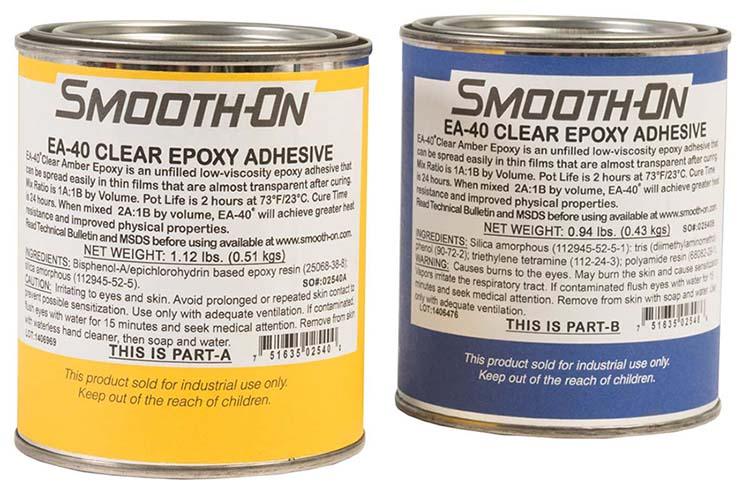I guess I'm missing something here. Other than "because I can", I don't see a rationale behind taking a perfectly good hardwood blank, sawing it into thin layers and then laminating them back together. Unless you tint the epoxy for effect, you're going to end up with a stock that looks essentially the same as the blank.
Epoxy-impregnated laminates are more stable with temp and humidity, but with a proper pillar bedding job, this consideration is also moot.
[/QUOTE]
I will try to explain and hopefully it will clear up the differences.

The idea of laminating wood +is to have the grain running in different directions for added strength. To get the most strength, you have to change grain direction of each laminate. the more Layers/laminates the better the effect. Also the more layers/laminates the more resin impregnated each layer will have.
From an aesthetics/looks point, the better planned the lay of the grain, the better it will look. from a strength point, if each laminate has an opposing and equal layer, one side of the stock will not be stronger than the other and all stresses would be equal minimizing warpage with temp and moisture changes.
A stock blank has the grain running in the same direction and is therefore subject to warpage. If you take that same 2" blank and saw it into 1/16 thick sheets and then glue it back together with proper planning and placement of each laminate it will be stronger and resist warpage better. It becomes a structural member when it is done properly.
If you want looks, pick a fine piece of wood with the grain running properly. if you want a strong stock the same can be had by laminating the same piece of wood with careful placement of the outer layers.

Some of the most beautiful and functional stocks I have seen are those with several different types of wood laminated together with the outer layer of fine figured presentation grade wood
for the looks.
All of this is the reason that a beautiful laminate will require much more work and planning than a solid wood stock.
J E CUSTOM


